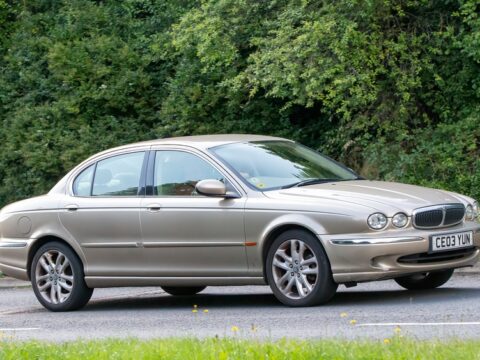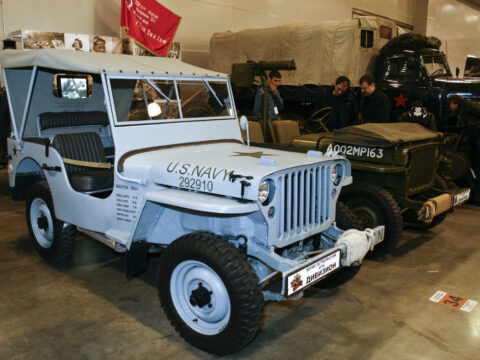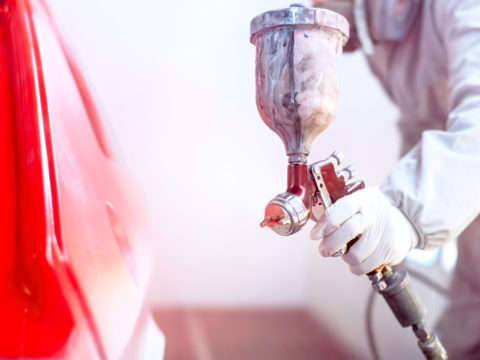The BMW M Series is known for its high-performance vehicles that have left an indelible mark on automotive history. While these cars are celebrated for their power and precision, there’s more to them than meets the eye. In this article, we’ll uncover 20 surprising stories behind these iconic BMW M models, revealing the lesser-known details that make them truly special. Whether you’re a die-hard fan or just curious, these tales will give you a new appreciation for the legendary M Series.
Contents
The M1’s Racing Origins
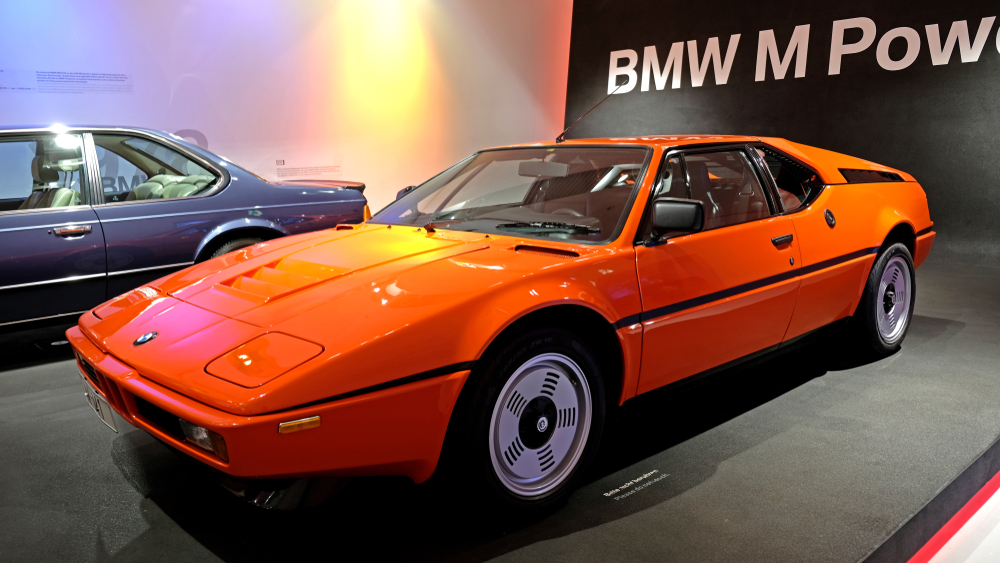
The BMW M1, the first car to bear the iconic M badge, was originally conceived as a race car for Group 5 racing. However, due to changes in regulations and delays in development, the M1 was instead homologated as a road car. Despite this shift, the M1 retained its racing DNA, featuring a mid-mounted 3.5-liter inline-six engine that produced 273 horsepower, making it one of the most powerful cars of its time. This blend of racing heritage and road-going practicality set the stage for the future of BMW M cars.
The M3 E30’s DTM Dominance
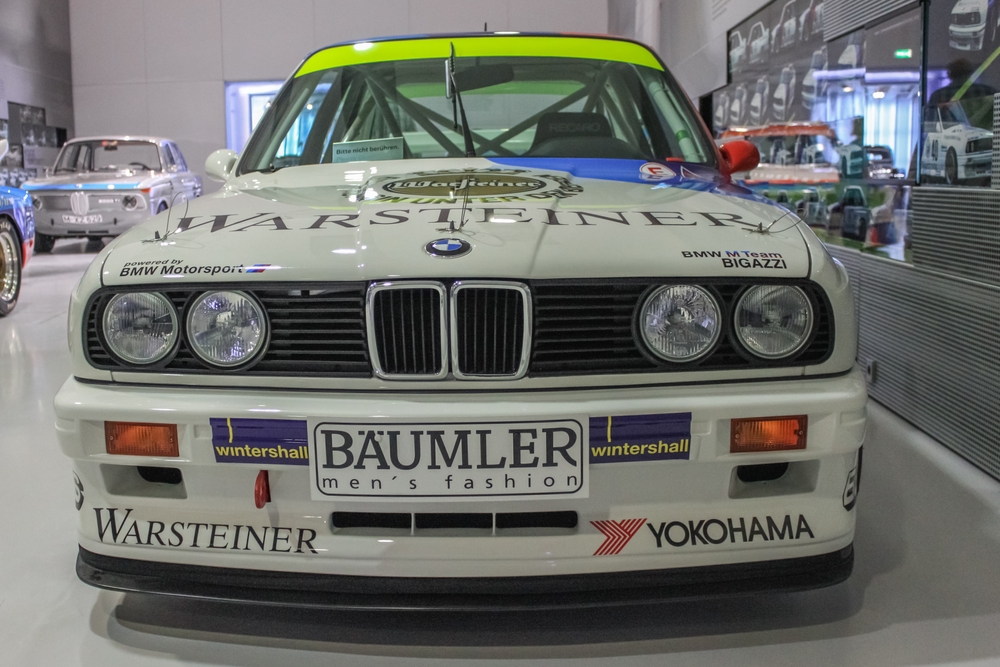
The BMW M3 E30 was born out of a need to compete in the German Touring Car Championship (DTM). To homologate the car for racing, BMW had to produce 5,000 road-going versions, leading to the creation of one of the most celebrated performance cars in history. The E30 M3’s 2.3-liter inline-four engine produced 192 horsepower, but it was the car’s balanced chassis and handling that made it a winner on the track. Its dominance in DTM, with multiple championships under its belt, cemented the M3’s reputation as a motorsport legend.
The Birth of the M5
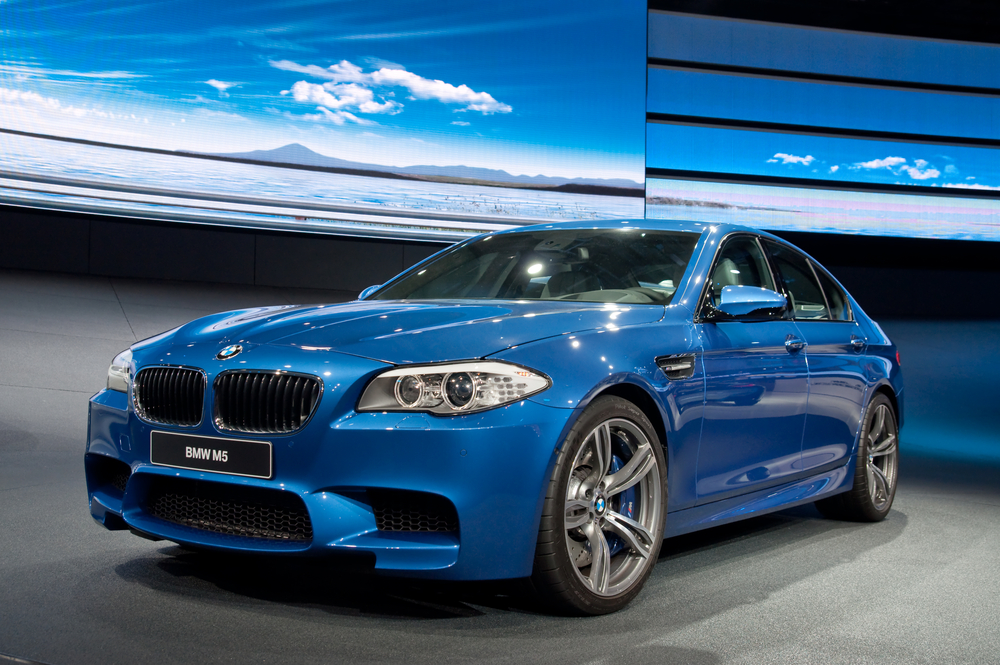
The original BMW M5 was a project born out of passion, with BMW engineers secretly developing a high-performance version of the 5 Series sedan. The result was a car that combined the practicality of a sedan with the heart of a sports car, featuring the same 3.5-liter inline-six engine found in the BMW M1. Hand-built and limited in production, the M5 was capable of 282 horsepower, making it the fastest production sedan in the world at the time. Its success paved the way for the M5 to become a cornerstone of the BMW M lineup.
M3 CSL’s Lightweight Engineering
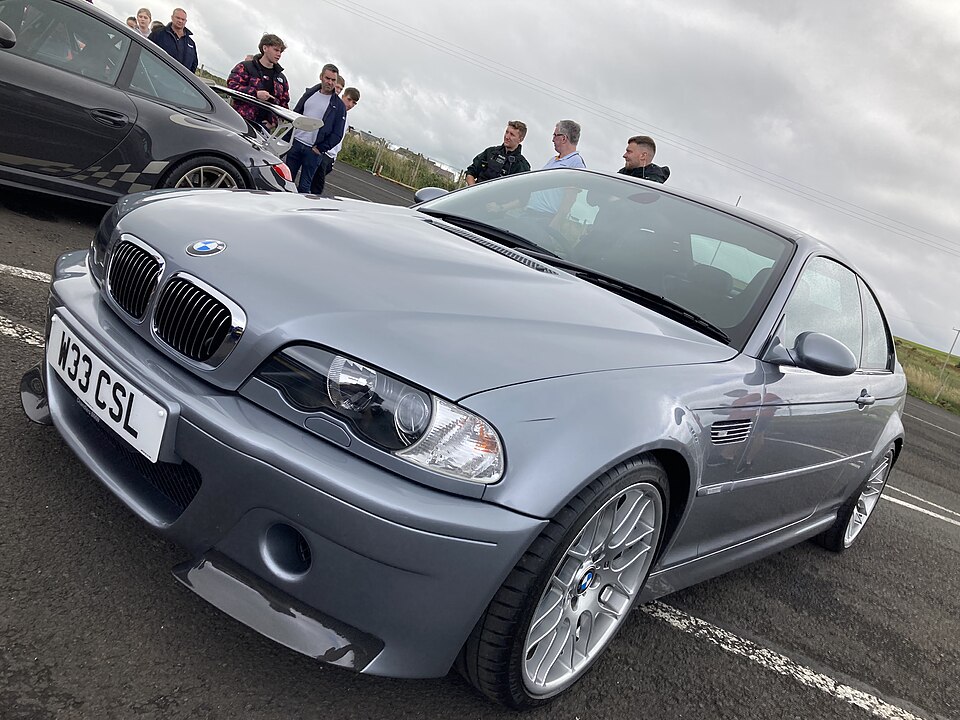
The BMW M3 CSL (Coupe Sport Leichtbau) was a special edition of the E46 M3 that focused on weight reduction and performance. BMW engineers used carbon fiber extensively, including for the roof and interior trim, to shave off precious kilograms. The CSL also featured a lightweight rear window, a simplified sound system, and a more aggressive suspension setup. With its 3.2-liter inline-six engine tuned to 360 horsepower, the M3 CSL was a track-focused machine that offered a purer driving experience, embodying the essence of BMW M’s performance philosophy.
The M6’s V10 Engine Inspiration
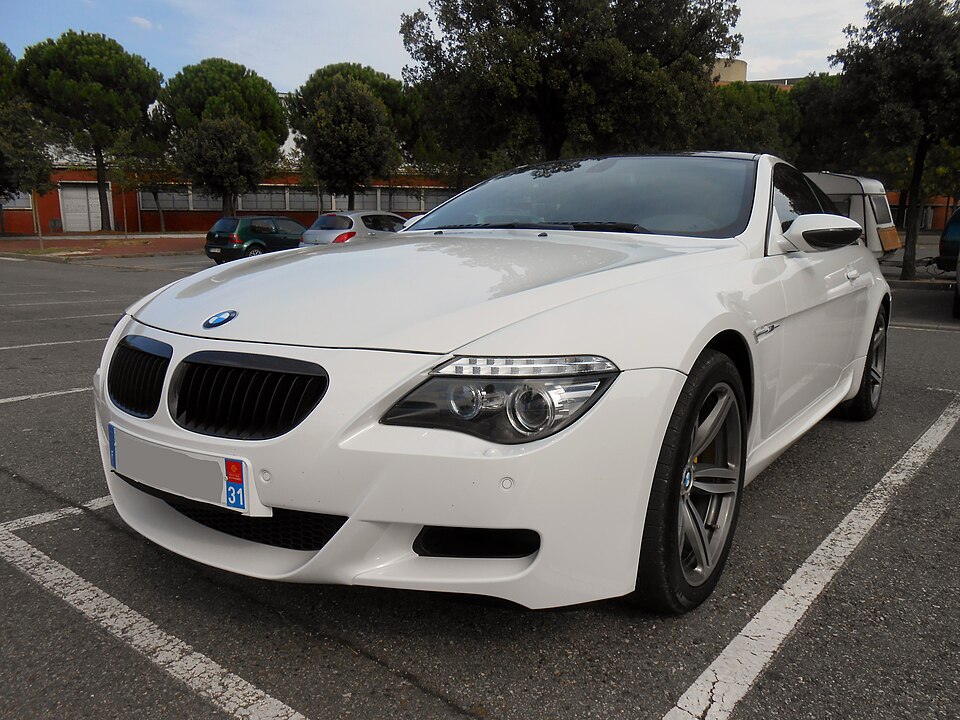
The E63 BMW M6 was powered by a 5.0-liter V10 engine, a unit directly inspired by BMW’s involvement in Formula 1. This engine, known as the S85, produced 500 horsepower and was one of the most powerful naturally aspirated engines of its time. The M6’s V10 was mated to a 7-speed SMG transmission, allowing for lightning-fast gear changes. This combination made the M6 not only a high-performance grand tourer but also a car that connected BMW’s motorsport success with its road cars in a very tangible way.
M3 E92’s Frozen Paint
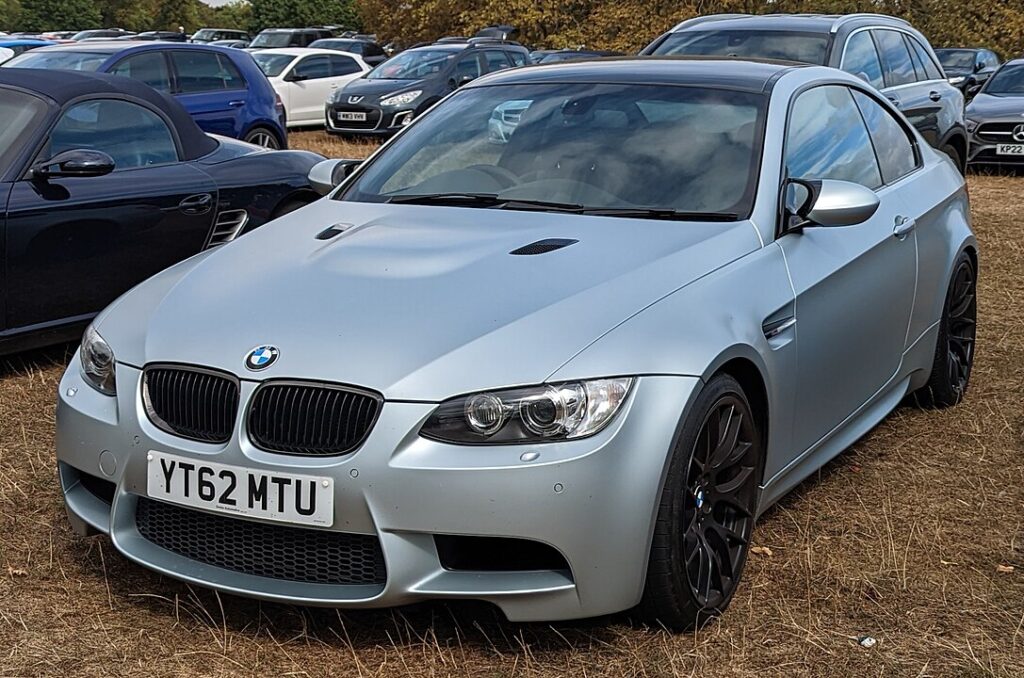
The E92 BMW M3 offered a unique “Frozen” matte paint option, a finish that was as striking as it was delicate. The Frozen paint was available in several colors, including Frozen Black and Frozen Grey, and required special care to maintain its appearance. BMW provided detailed instructions on how to clean and protect the finish, advising owners to avoid automatic car washes and to use specific cleaning products. This paint option added an extra layer of exclusivity to an already special car, making the M3 E92 stand out even more.
M4 GTS’s Water Injection System
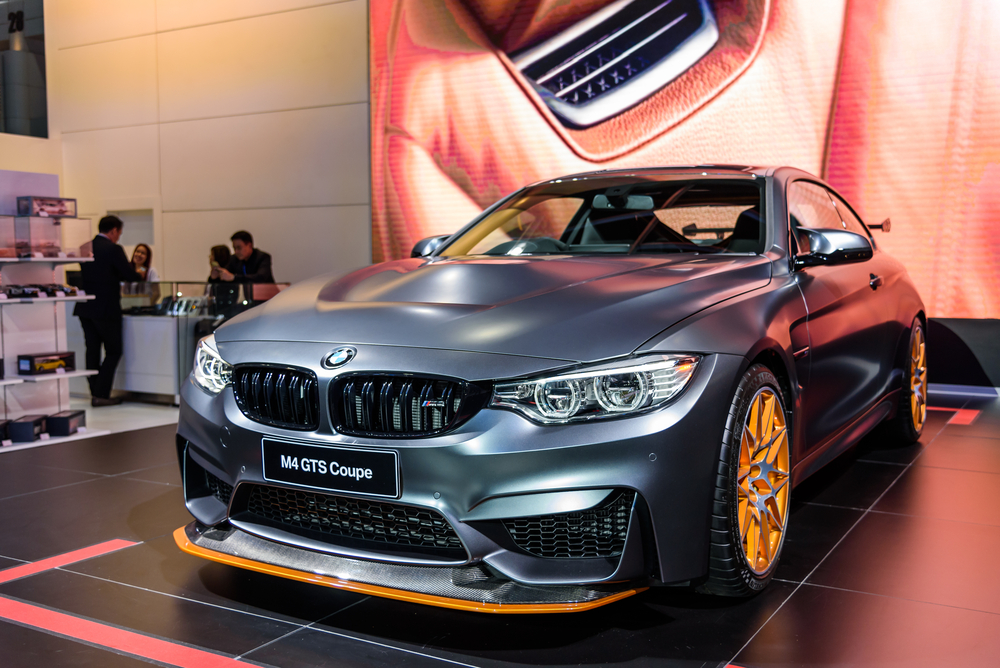
The BMW M4 GTS introduced an innovative water injection system that allowed the 3.0-liter twin-turbocharged inline-six engine to produce 493 horsepower. By injecting a fine mist of water into the intake manifold, the system cooled the intake air, reducing the risk of detonation and allowing for higher boost pressures. This technology, typically found in high-performance aircraft engines, gave the M4 GTS a significant power boost while maintaining reliability, showcasing BMW’s commitment to pushing the boundaries of performance engineering.
The Z3 M Coupe’s “Clown Shoe” Nickname
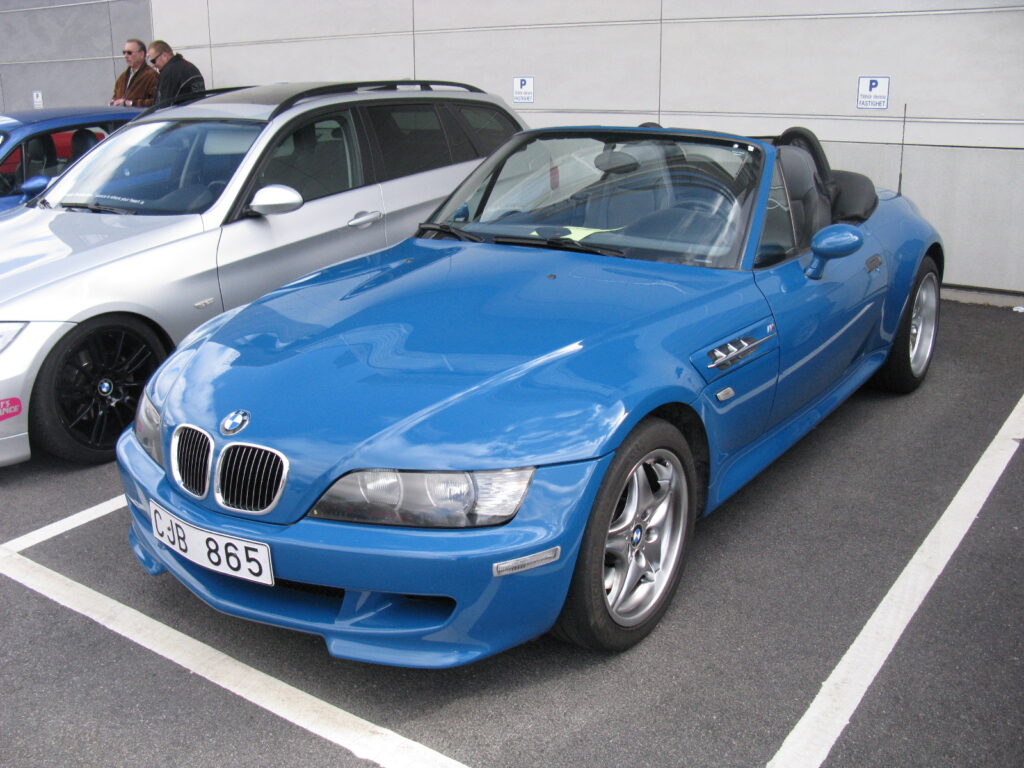
The BMW Z3 M Coupe earned the nickname “Clown Shoe” due to its distinctive shooting-brake design, which combined the front end of the Z3 Roadster with a coupe’s roofline. While its appearance was polarizing, the Z3 M Coupe’s performance was anything but. Powered by the same 3.2-liter inline-six engine found in the E36 M3, the Z3 M Coupe offered a raw and engaging driving experience, with its stiff chassis and rear-wheel-drive layout making it a favorite among driving enthusiasts. Its unique design and limited production numbers have since made it a cult classic.
M5 Touring’s Limited Run
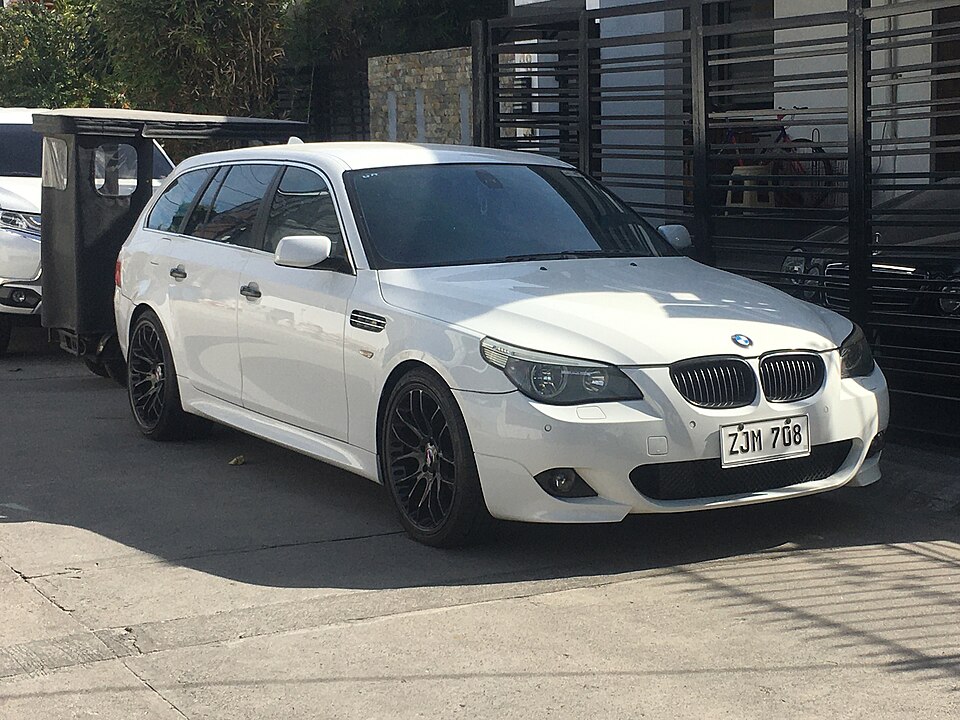
The BMW E61 M5 Touring was a high-performance wagon that combined the practicality of a family car with the power of a 5.0-liter V10 engine. With 500 horsepower on tap, the M5 Touring could accelerate from 0 to 60 mph in just 4.1 seconds, making it one of the fastest wagons in the world. However, due to limited demand, the M5 Touring was produced in very small numbers and was never officially sold in the United States. Its rarity and performance credentials have made it a highly sought-after model among BMW enthusiasts.
M8 Prototype That Never Was
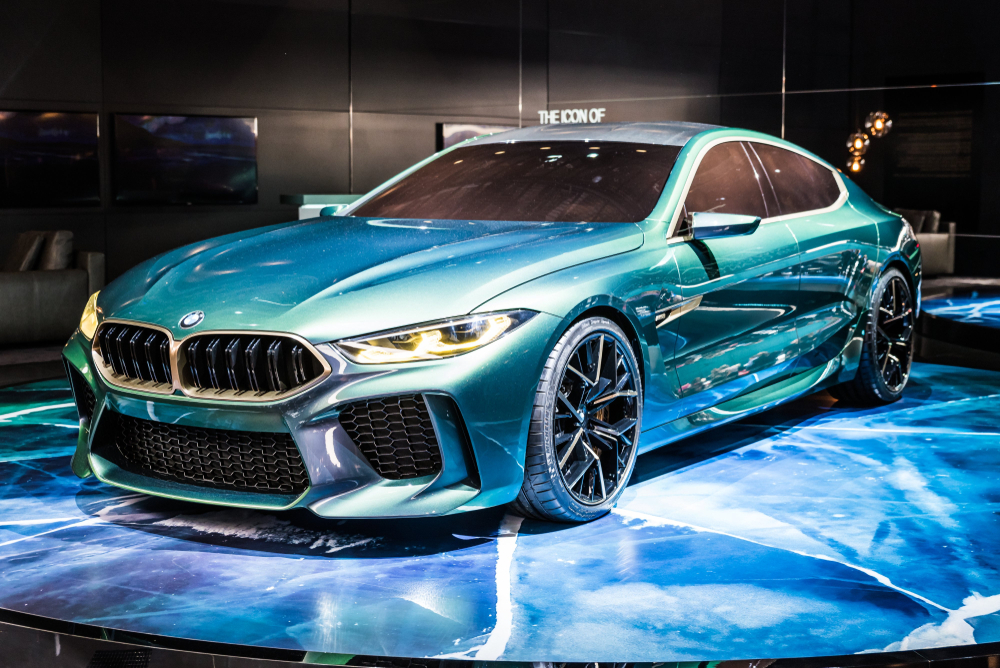
The original BMW M8 prototype was developed in the early 1990s as a high-performance version of the 8 Series coupe. Featuring a 6.1-liter V12 engine that produced over 550 horsepower, the M8 was designed to compete with the likes of Ferrari and Lamborghini. However, due to concerns about market demand and the high cost of production, BMW decided not to proceed with the M8’s development. The prototype remained hidden for years, only being revealed to the public in 2010, sparking renewed interest in what could have been BMW’s ultimate supercar.
The M1’s Lamborghini Connection
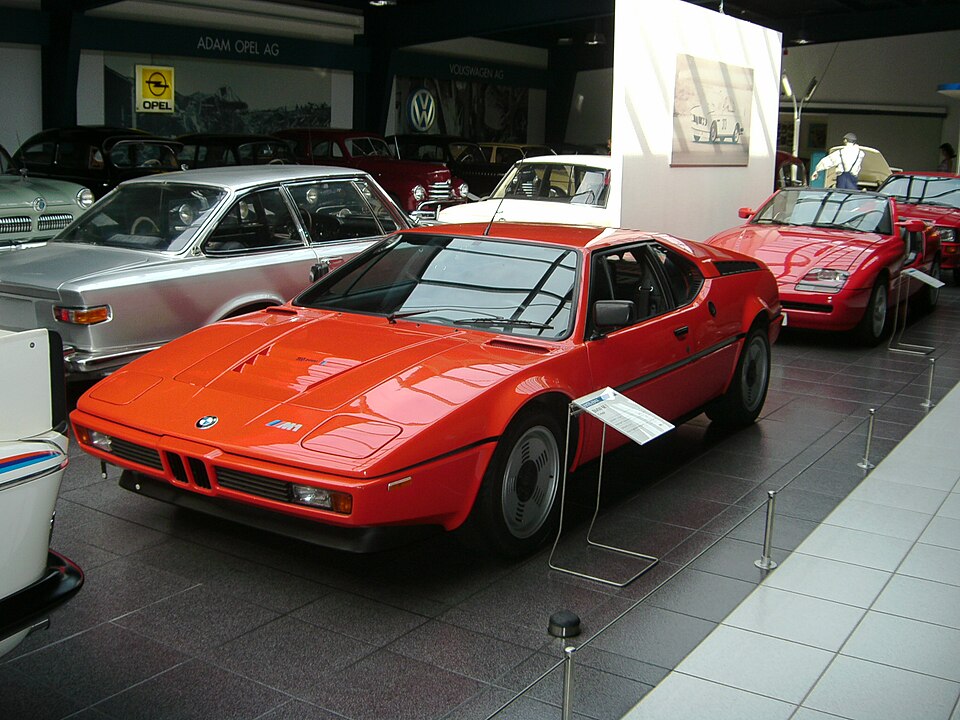
The BMW M1 was initially developed in collaboration with Lamborghini, with the Italian company responsible for building the car’s chassis and body. However, financial difficulties at Lamborghini led to delays and eventually forced BMW to take over the entire project. This resulted in the M1 being built by a variety of specialist manufacturers, including Marchesi for the tubular frame and Ital Design for the body. Despite these challenges, the M1 became a landmark car for BMW, setting the stage for the brand’s future M models.
The M4’s Controversial Grille
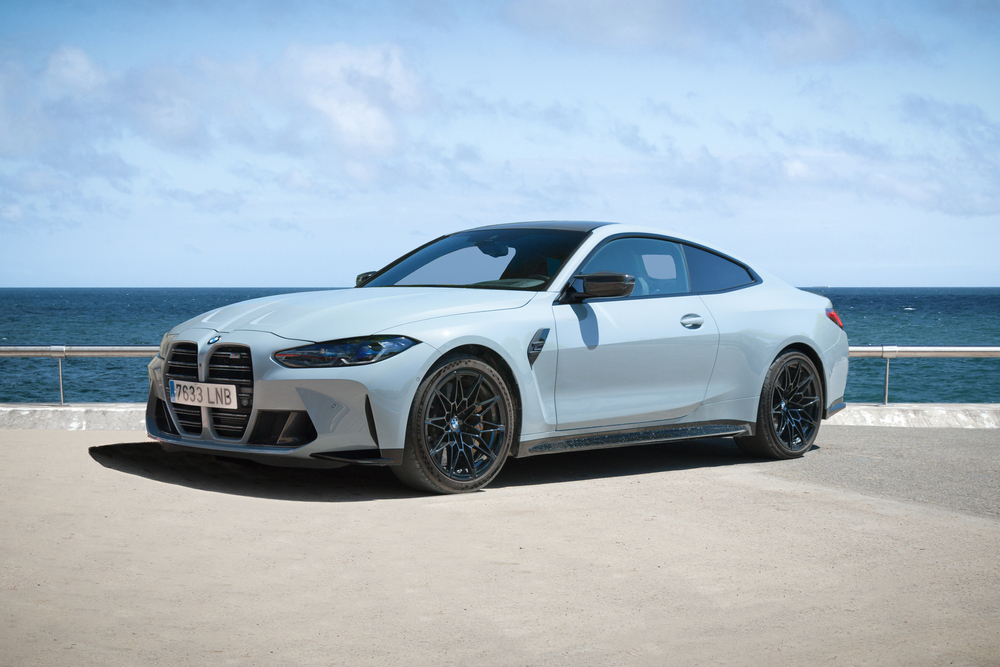
The latest BMW M4 has generated significant attention and controversy due to its large kidney grille, a design feature that has polarized fans and critics alike. While some appreciate the bold new look, others feel it departs too much from BMW’s traditional design language. The grille, however, serves a functional purpose by improving cooling for the M4’s 3.0-liter twin-turbocharged inline-six engine, which produces up to 503 horsepower in the Competition model. Whether loved or hated, the M4’s grille has certainly sparked conversation and ensured that this generation of the M4 will be remembered.
The M3 E46’s Tire Controversy
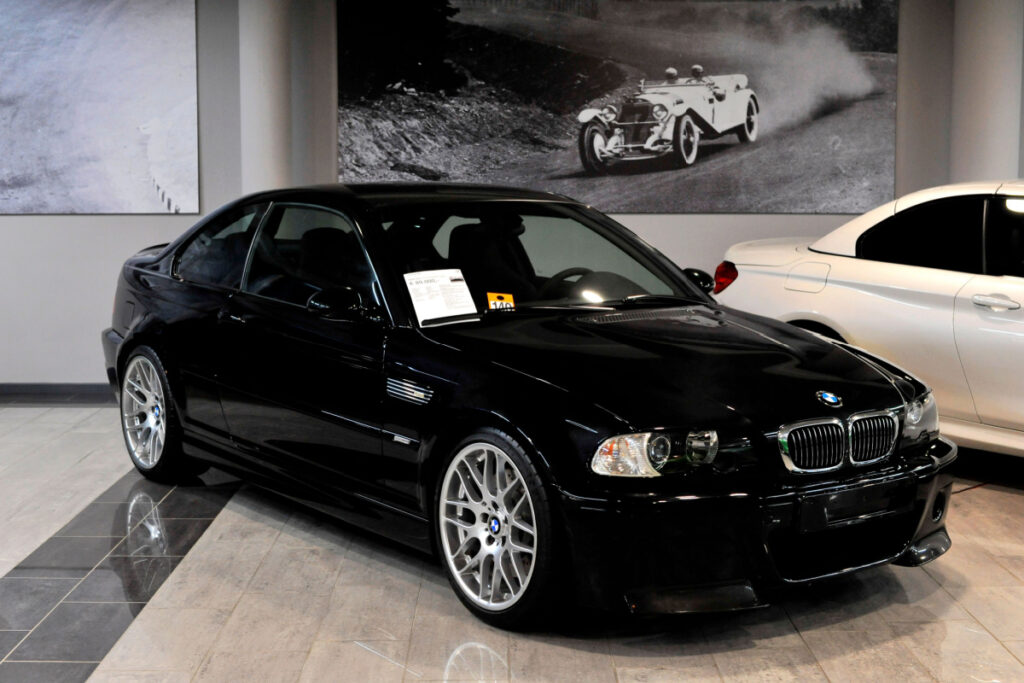
The E46 BMW M3 was equipped with Michelin Pilot Sport tires that were so close to being slicks that they were often criticized for being too aggressive for daily driving. These tires provided exceptional grip on the track but were prone to rapid wear and could be challenging in wet conditions. This decision by BMW highlighted the E46 M3’s focus on performance, making it one of the most track-oriented M3s ever produced. The tire choice became a talking point among enthusiasts, contributing to the car’s reputation as a serious driver’s machine.
The M2 CS’s Manual Transmission
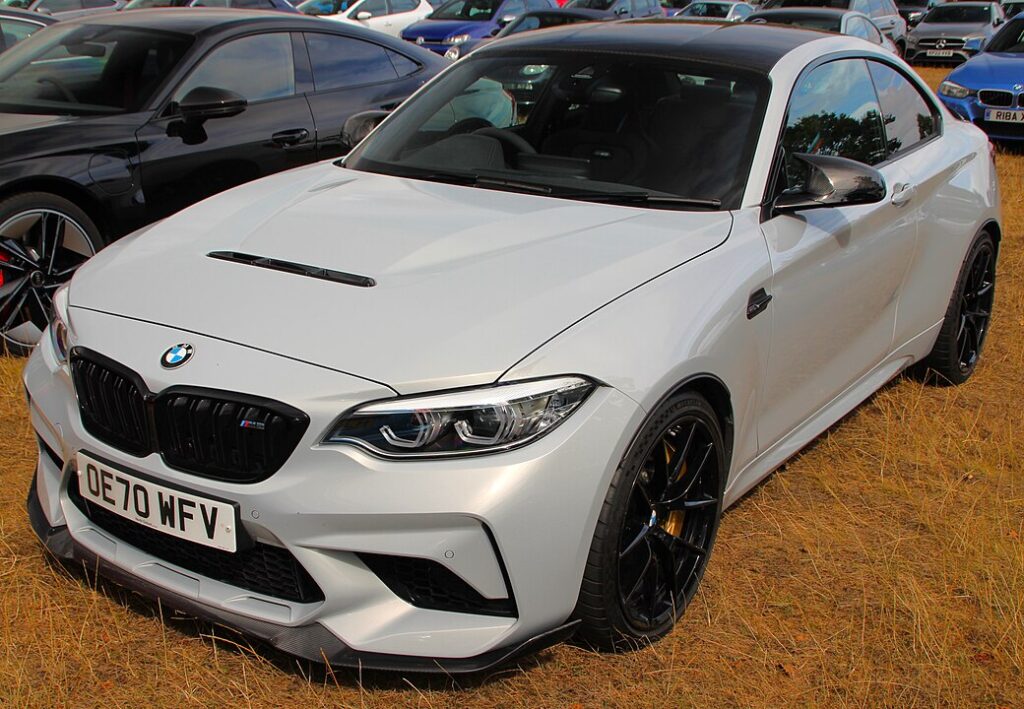
The BMW M2 CS is one of the few modern M cars to offer a manual transmission, catering to purists who value the connection between driver and machine. With a 3.0-liter inline-six engine producing 444 horsepower, the M2 CS is a high-performance machine that offers an engaging driving experience. The availability of a manual transmission in a car of this caliber is increasingly rare in today’s market, making the M2 CS a standout model for those who appreciate the art of shifting gears themselves.
M5 F10’s “M Button” Customization
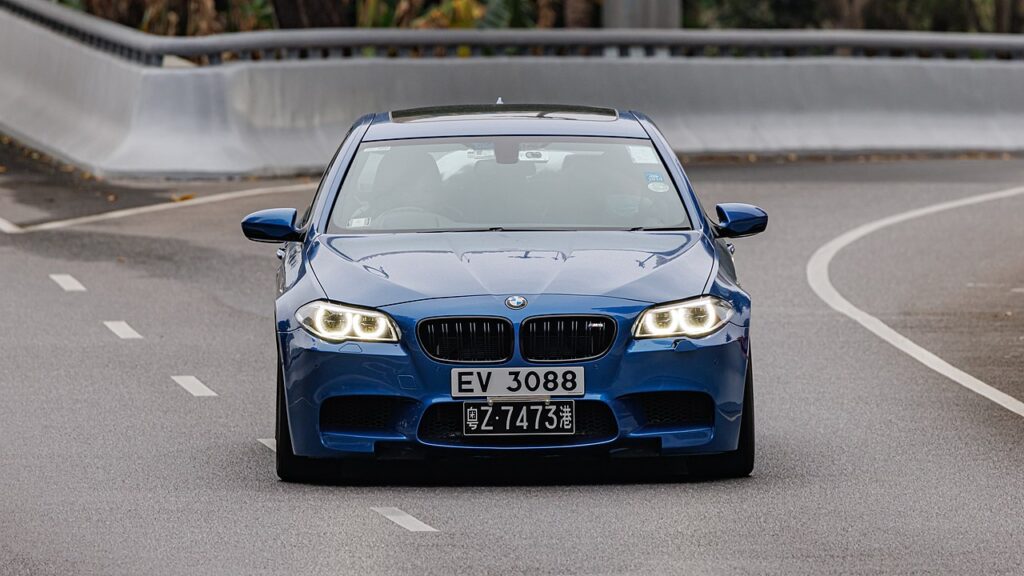
The BMW M5 F10 introduced an “M Button” on the steering wheel, a feature that allowed drivers to instantly switch to their preferred performance settings. This customization option included adjustments to the throttle response, suspension stiffness, steering weight, and even the transmission’s shift points. The M Button made it easy for drivers to tailor the M5’s performance to their liking, whether they were on a spirited drive or cruising on the highway. This level of personalization was a key selling point for the F10 M5, enhancing its appeal as a versatile and powerful sports sedan.
M3 GTR’s American Success
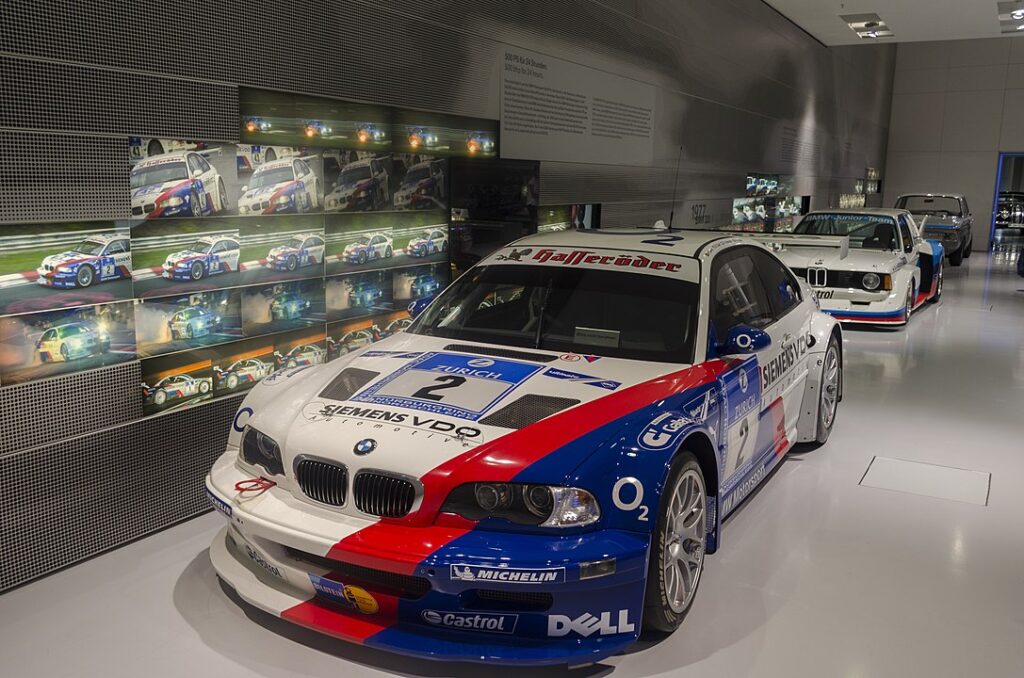
The BMW M3 GTR was developed specifically to compete in the American Le Mans Series (ALMS), where it dominated the competition. The GTR was powered by a 4.0-liter V8 engine, a departure from the inline-six engines typically found in the M3, and produced over 493 horsepower. Its success in ALMS, including multiple wins and a championship title, made the M3 GTR a legendary race car. The road-going version of the M3 GTR was produced in extremely limited numbers, making it one of the rarest and most sought-after M cars.
The 1M’s Instant Classic Status
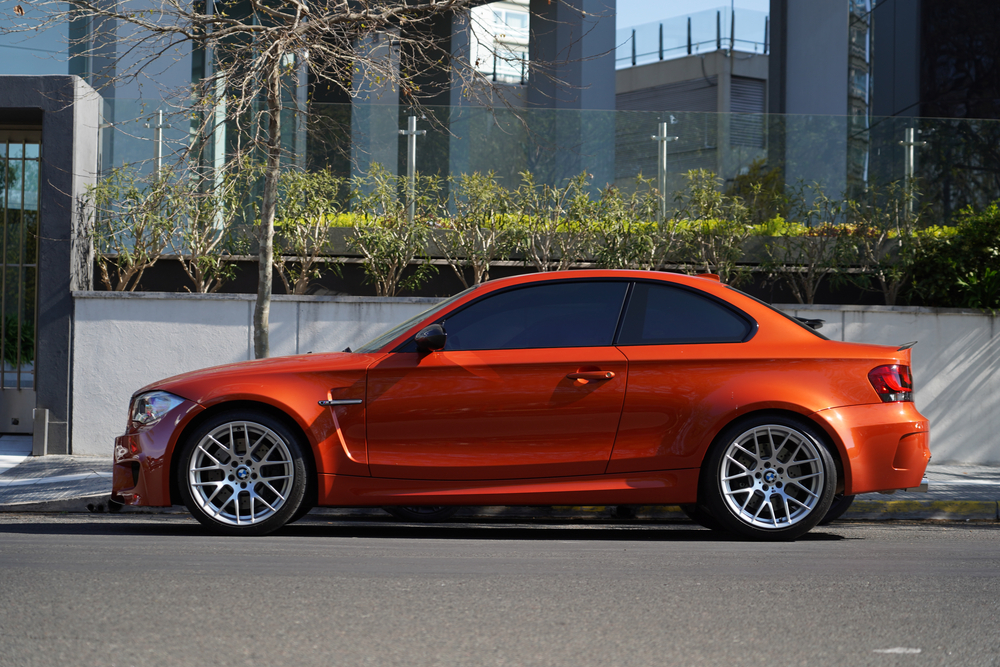
The BMW 1M was a limited-production model that combined the compact size of the 1 Series with the performance of an M car. Powered by a 3.0-liter twin-turbocharged inline-six engine producing 335 horsepower, the 1M offered a thrilling driving experience with its rear-wheel-drive layout and manual transmission. Its agility and raw performance quickly earned it a reputation as an instant classic, with demand far outstripping supply. Today, the 1M is highly coveted by collectors and enthusiasts, with its value continuing to rise.
The M3 Convertible’s Weight Challenge

The E93 BMW M3 Convertible faced criticism for being significantly heavier than its coupe counterpart, due in part to the additional structural reinforcements required for its retractable hardtop roof. This extra weight impacted the car’s performance, particularly in terms of acceleration and handling. However, the E93 M3 Convertible still offered the thrill of open-top driving with the same 4.0-liter V8 engine found in the coupe, producing 414 horsepower. For those who wanted the M3 experience with the added enjoyment of a convertible, the E93 M3 provided a unique blend of performance and freedom.
M6 Gran Coupe’s Elegant Performance
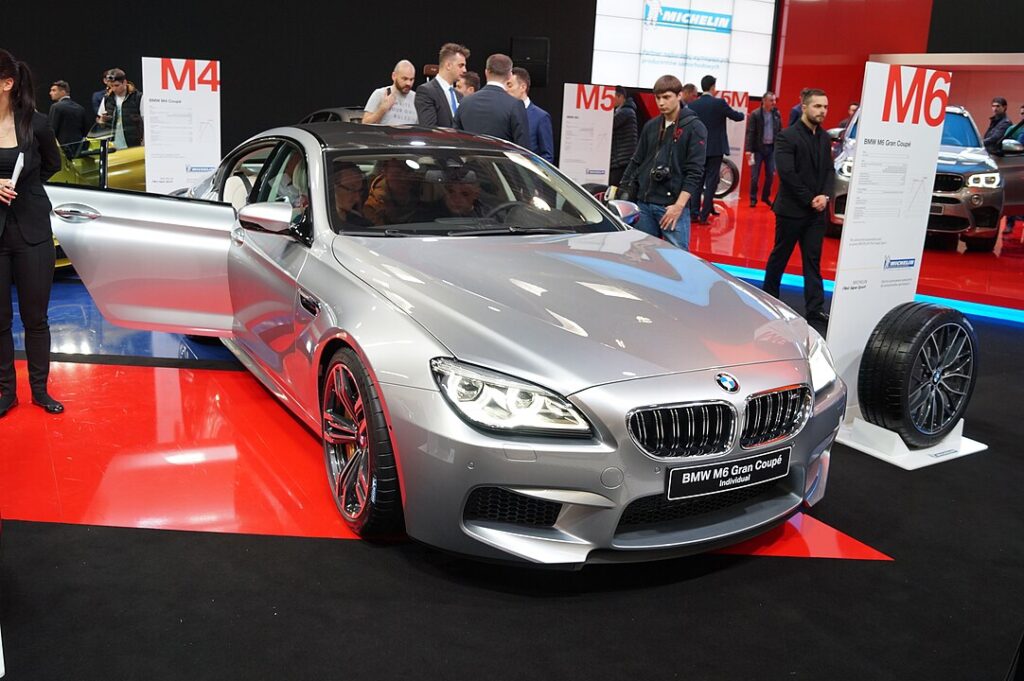
The BMW M6 Gran Coupe was praised for combining the performance of an M car with the elegance and luxury of a four-door coupe. Powered by a 4.4-liter twin-turbocharged V8 engine producing 560 horsepower, the M6 Gran Coupe offered blistering performance with a 0-60 mph time of just 4.1 seconds. Its long, sleek design and luxurious interior made it one of the most stylish cars in the M lineup, appealing to those who wanted a car that could perform on the track while offering comfort and refinement on long journeys.
The M2 Competition’s S55 Engine
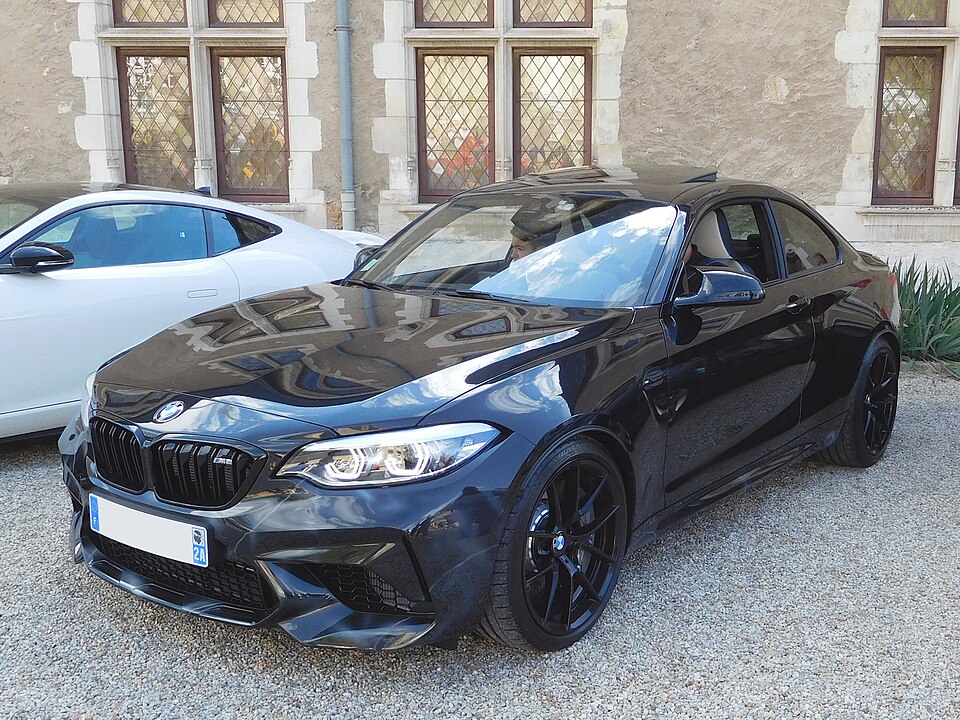
The BMW M2 Competition featured the S55 engine from the M3/M4, a 3.0-liter twin-turbocharged inline-six that produced 405 horsepower. This engine upgrade gave the M2 Competition a significant performance boost over the standard M2, making it a more formidable competitor in the compact sports car segment. The M2 Competition’s combination of power, agility, and rear-wheel drive made it a favorite among driving enthusiasts, solidifying its place as one of the most exciting M cars in recent years.
This article originally appeared in MyCarMakesNoise.
More from MyCarMakesNoise
15 Essential Upgrades for Epic Long-Distance Motorcycle Rides

Embarking on a long-distance motorcycle journey can be an exhilarating adventure, but the right preparations are crucial to ensure it’s both enjoyable and safe. Equipping your bike with specific upgrades can dramatically improve your riding experience. Read More
20 Underrated Destinations for Road Trip Lovers

Embark on a journey off the beaten path with our guide to America’s backroads—hidden gems that promise unforgettable road trip experiences. From breathtaking natural landscapes to quaint small towns, these lesser-known routes offer a unique way to explore the beauty and diversity of the United States. Read More
23 Most Reliable Trucks for Lifelong Performance

Selecting a truck that combines durability with reliability ensures that it can handle both the rigors of daily tasks and the challenges of heavy-duty work. From rugged off-road adventurers to dependable workhorses, certain trucks have established themselves as lasting partners, built to endure through years of service. Read More

